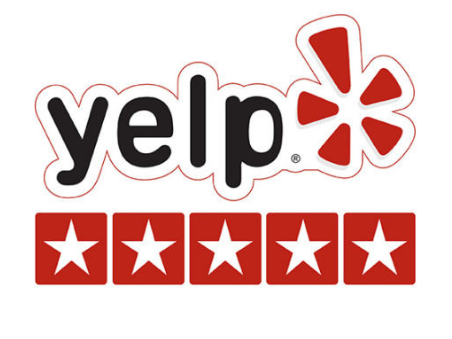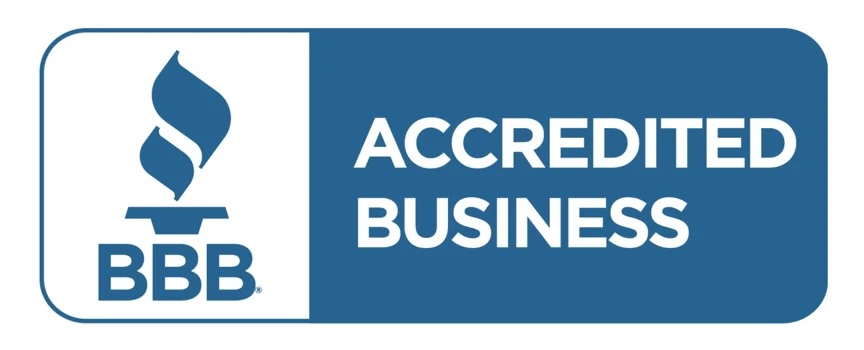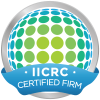Mold can be a significant issue in homes, thriving in damp, humid environments. While some mold problems require professional intervention, small infestations can often be tackled through DIY mold removal. This article outlines the steps, precautions, and techniques necessary for effective mold removal without professional help.
Understanding Mold Growth
Mold spores are ubiquitous in our environment, and they thrive in areas with excess moisture. Understanding the causes of mold growth is crucial in the removal process. Common sources include:
- Leaking Pipes: Water leaks can create an ideal breeding ground for mold.
- High Humidity: Indoor humidity levels exceeding 60% can encourage mold growth.
- Poor Ventilation: Lack of airflow in areas like basements and attics can trap moisture.
Safety Precautions
Before starting any mold removal project, it’s vital to prioritize safety. Here are some key precautions:
- Protective Gear
Wear gloves, goggles, and a mask (preferably an N95 respirator) to protect yourself from mold spores and cleaning chemicals. - Ventilation
Ensure good ventilation in the area you’re working in. Open windows and use fans to help circulate air and reduce airborne mold particles. - Containment
Seal off the affected area using plastic sheeting to prevent mold spores from spreading to unaffected areas of your home.
Step-by-Step Mold Removal Process
Step 1: Identify the Affected Areas
Begin by identifying all areas affected by mold. Look for visible signs, such as discoloration or spots on walls, ceilings, and floors. Pay attention to hidden areas like behind appliances and under sinks.
Step 2: Determine the Type of Surface
Different surfaces require different removal techniques:
- Non-Porous Surfaces: For surfaces like tile and glass, a mixture of water and detergent can be used to scrub away the mold.
- Porous Surfaces: For materials like drywall and carpet, if the mold growth is extensive, it’s often best to replace these items, as mold can infiltrate deep into the material.
Step 3: Prepare a Cleaning Solution
Create an effective cleaning solution for mold removal. Common options include:
- Vinegar: A natural mold killer, vinegar can be used undiluted in a spray bottle. It’s effective against many types of mold and is non-toxic.
- Bleach: A diluted bleach solution (1 cup of bleach in 1 gallon of water) can kill mold on non-porous surfaces. However, bleach can produce harmful fumes and should be used cautiously.
Step 4: Clean the Affected Area
Using your cleaning solution, scrub the moldy area with a brush or sponge. Make sure to scrub thoroughly to remove all traces of mold. After cleaning, rinse the area with clean water and dry it completely to prevent regrowth.
Step 5: Dispose of Contaminated Materials
If you’ve removed any porous materials (like drywall or carpet), seal them in plastic bags before disposing of them. This will prevent mold spores from spreading during disposal.
Post-Removal Care
After mold removal, take steps to prevent future growth:
- Dehumidify the Area: Use a dehumidifier to maintain indoor humidity levels between 30-50%.
- Improve Ventilation: Ensure adequate airflow in areas prone to moisture. Use exhaust fans in kitchens and bathrooms.
- Regular Inspections: Periodically check for any signs of mold and address moisture issues promptly.
DIY mold removal can be effective for small infestations, provided you follow safety precautions and proper techniques. However, if the problem is extensive or if you have health concerns, it’s best to consult professionals. Regular maintenance and vigilance can prevent future mold growth, ensuring a safe and healthy living environment.




